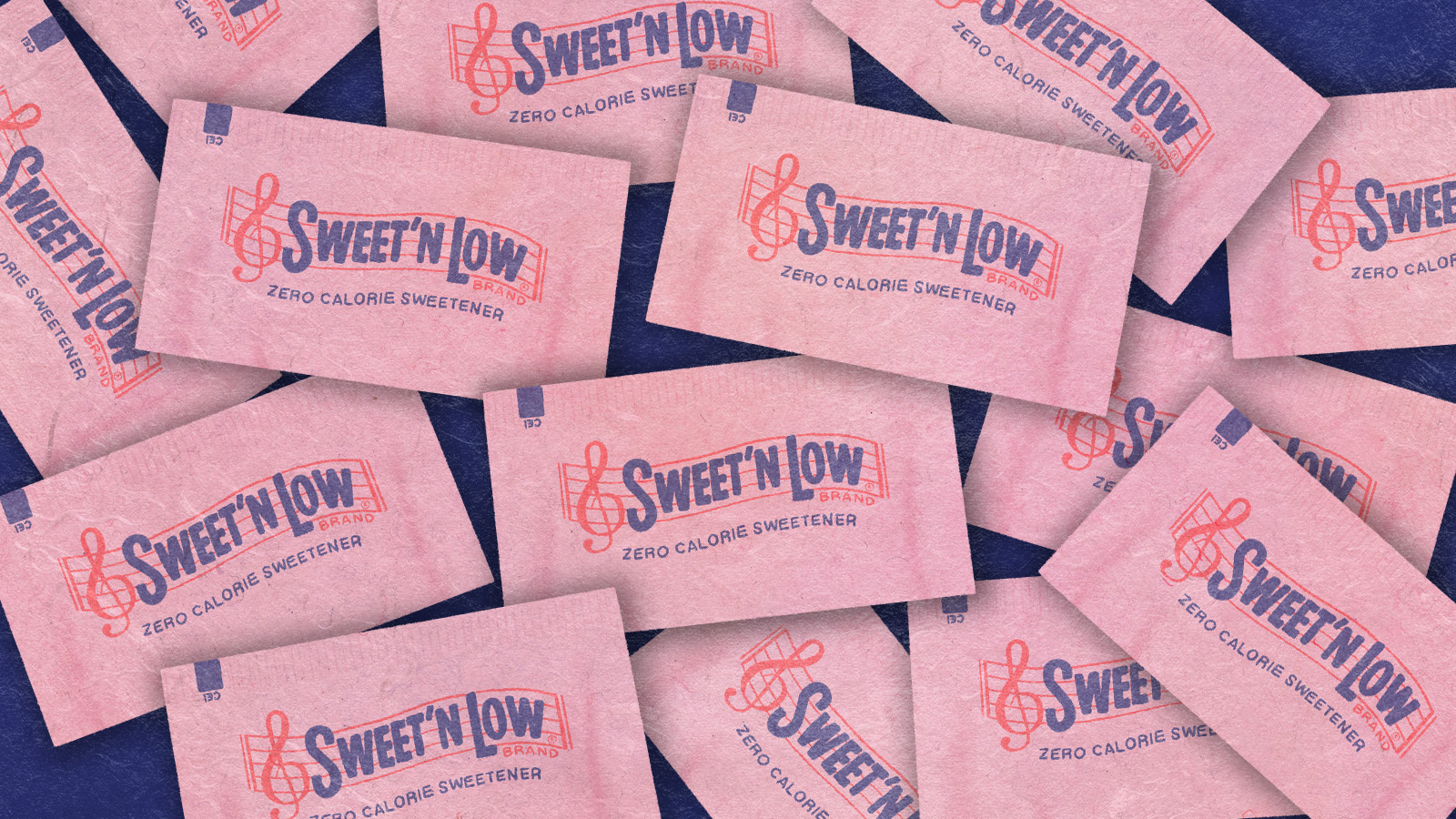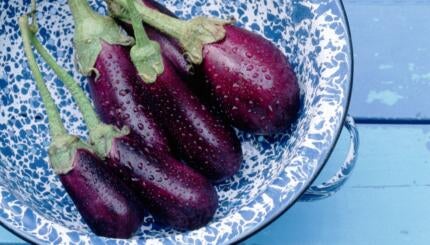In 1957, the robust post-war economy and the rise of convenience food mass production paved the way for the widespread availability of sugar and sugary treats. No more did you have to ration cubes for your coffee or rely on grandma to bake your brownies.
But accompanying this sugar rush was the baby boomers’ (particularly the women’s) neurotic impulse to curb their confection consumption in order to keep their waistlines trim.
The short and sweet: The environment was ripe for the introduction of a magical way to enjoy sugar without shame. Enter Sweet’N Low, a calorie-free creation of Ben Eisenstadt, the first-generation son of Jewish immigrants from Poland. Eisenstadt had been managing a cafeteria in the Brooklyn Navy Yard but business had significantly dropped following the end of World War II. To make ends meet, he auctioned off the cafeteria’s machinery, save for one particular piece: the tea-bag-filling apparatus. This exception, along with some off-the-cuff commentary from his hygiene-conscious wife Betty, would prove auspicious. While lunching together one day, she said, “Wouldn’t it be nice if sugar came in individual bags, like tea?”
From this remark, the idea of a sugar packet began to crystallize in Eisenstadt’s mind. He and his son Marvin utilized the tea bag machine to package their product, and thus were responsible for the novel “sugar packet” technology. But the real game changer was Eisenstadt’s decision to not fill the packets with sugar, but an ostensibly ersatz sweetener called saccharin, which had been invented in 1878 by Russian chemist Constantin Fahlberg at Johns Hopkins University. Saccharin contained zero calories but approximated the taste of sugar and thus was attractive to dieters with a sweet tooth. And while other artificial sweeteners followed, many (most notably, cyclamate, in 1951) were quickly banned for their deleterious health effects. It wasn’t until 1981 that a safe alternative, aspartame, became available, and at that point saccharin in the form of Sweet’N Low had already won over the hearts and taste buds of the American public.
The Nosher celebrates the traditions and recipes that have brought Jews together for centuries. Donate today to keep The Nosher's stories and recipes accessible to all.
That innovative swap of saccharine for sugar along with the packet’s garish but eye-catching bright pink hue and cute name (derived from Eisenstadt’s favorite song) made Sweet’N Low immediately popular. From 1957, Sweet’N Low was offered in restaurants and six years later it was made available in supermarkets nationwide, soon becoming a bestseller. (Note: that did not (then or now) prevent penny-wise customers from pilfering extra packets in their purses.) Its fan base even included celebrities, such as Louis Armstrong, who waxed poetic about his love for Sweet’N Low in a letter to the company in 1968:
“Dear Sweet’N Low Folks, I just want to tell you that Sweet’N Low picks me up and is just right for my diet,” wrote Armstrong, adding: “Since I use lots of it, I wonder if I could order direct from the company?”
Sweet’N Low’s place in the American gastronomic landscape was thus cemented — but with a special niche in Jewish culinary culture. There are a number of reasons why were Jews so keen on Sweet’N Low:
First, the health appeal: Among the millions of calorie-counting female baby boomers were many Jewish women who adopted Sweet’N Low as part of their daily coffee and/or tea routines, and ventured to incorporate it into their culinary repertoire. Popular contemporaneous cookbooks (including some “official” ones proffered by the company) showcase recipes for cookies, cranberry sauce and even cheesecake.
Second, simply sweet nostalgia. Included in Sweet’N Low’s initial dining establishment introduction in 1957 were many Jewish delicatessens, paving the way for it to become familiar with customers. Regardless of whether these regulars actually used or liked Sweet’N Low, they associated the prominent pink packets with positive deli experiences.
Unfortunately, the success of Sweet’N Low proved sour for some. In 2006, Richard Cohen, a descendant of Eisenstadt, published a tell-all memoir alleging he and other family members were cut out of the profits following their disinheritance by Betty Eisenstadt. And then there’s the pesky matter of the packet’s supposed carcinogenic properties. Although that scary warning label was stripped from Sweet’N Low in 2001, some scientific studies still aver its ill health effects.
Today, the pink wave is still a veritable tsunami. To date, more than 500 billion packets have been sold, and although other purportedly safer and more sustainable artificial sweaters (e.g., stevia) have come to the market, Sweet’N Low manages to stay relevant. In 2005, Sweet’N Low partnered with MGM studios to promote “The Pink Panther” by issuing limited-edition boxes with illustrations of the famous feline. Devotees continue to express their admiration through social media; you can also show your SnL pride with some sartorial swag in the form of a t-shirt or hat.
Sweet’N Low: Proving, at least in the case of Eisenstadt, that seeing the world through rose-colored glasses can be savvy, indeed.



